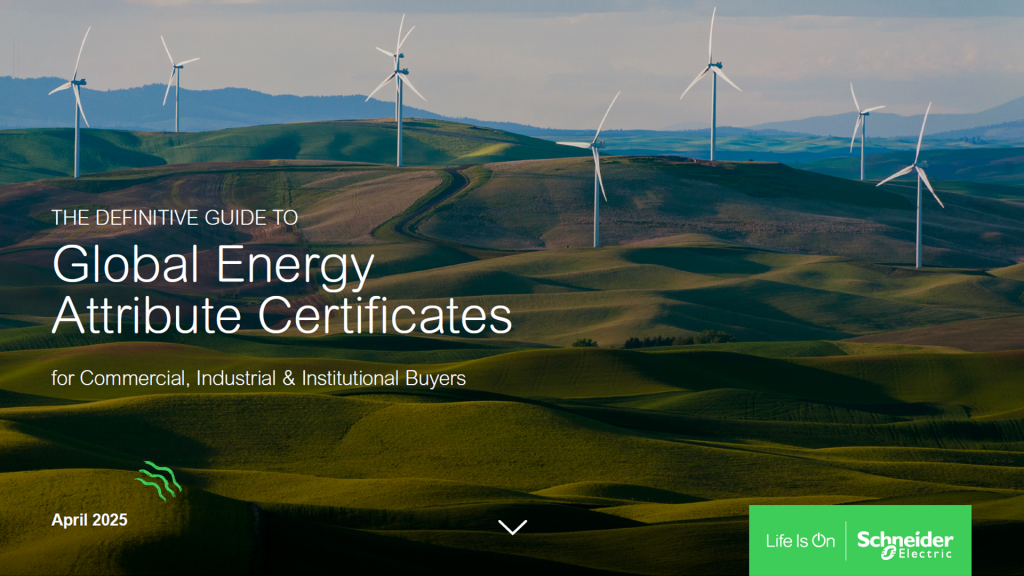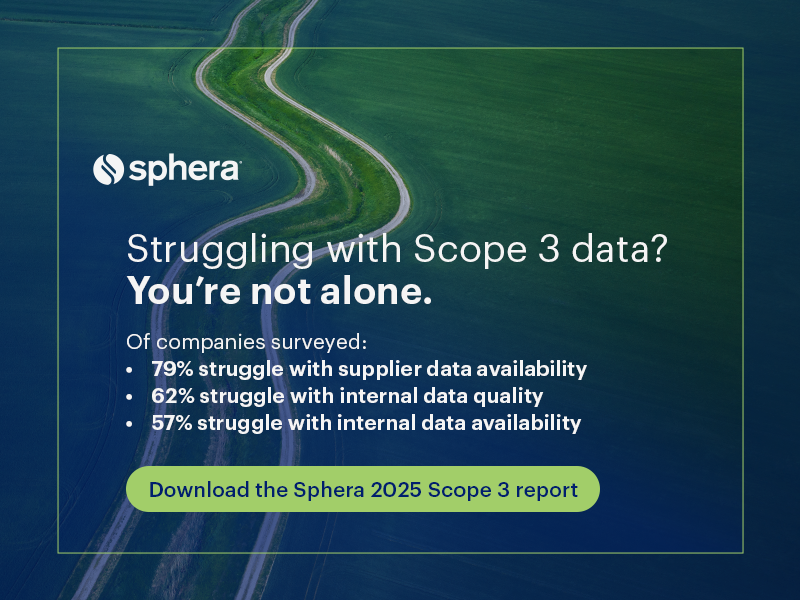On-Site Generation of Green Power
For many companies, the easiest way to adopt green power is to purchase electricity from a renewable source through a commercial utility. An alternative is to generate green power on-site.
Advantages of on-site generation
Some of the advantages of on-site generation are specific to the type of energy being generated. Others, however, are common to some or all types of on-site generation. On-site generation allows a company facility to be in part or completely “off the grid,” which can protect against the type of power disruptions experienced in California in past years. Being off the grid is also advantageous in remote areas where a company may need energy; in some cases, such as communications towers, it may be cheaper to install power generation than to run power lines. Also, some types of generation, such as solar panels on a store roof, serve as a visible statement of the company’s environmental commitment. Finally, tax breaks can make some types of on-site generation lower than green power purchased commercially, although these tax breaks come and go over time.
Types of on-site generation
Any type of renewable energy (e.g., solar, wind, geothermal, biomass, landfill gas) can be used by a company for on-site generation. Some of these forms of energy, however, are more commonly used on-site than others.
Solar energy, and photovoltaic (PV) cells, are often used for small-scale power needs in remote locations. Although PV cells are not cost-competitive with other types of power on a large scale, on a small scale they are easily installed and less costly than some other options. Another small-scale distributed power option is use of fuel cells, which produce electricity from chemical reactions instead of by burning a fuel. The type of fuel used in these cells varies and can include non-renewable natural gas, although in the future it is likely that hydrogen will be the fuel of choice.
Geothermal, biomass, and landfill gas are all options for on-site generation if the company facility is located close to the fuel source. In the case of geothermal, the fuel is water heated below the earth’s surface. For biomass, the fuel source is commonly the byproduct of agricultural or forest products operations, while quantities of landfill gas sufficient for power generation are produced by medium to large landfills. While all of these fuels can be used to generate electricity, companies more often use them directly to heat buildings, boilers, or other industrial processes.
Net metering
A significant consideration for companies producing electricity that exceeds the company’s needs is whether the company will be able to sell its excess energy to the local electric utility. Laws allowing this process, called net metering, vary by state and over time; in some cases net metering is allowed but capped, or restricted to certain types of customers. Net metering makes on-site generation more attractive to a company because the excess power that the company puts back on the grid offsets the cost of electricity the company uses from the grid when its power needs exceed its generating capacity. This effectively ensures that the company captures the total value of the on-site generation, even if the power is generated when the company is unable to use or store all of it.









